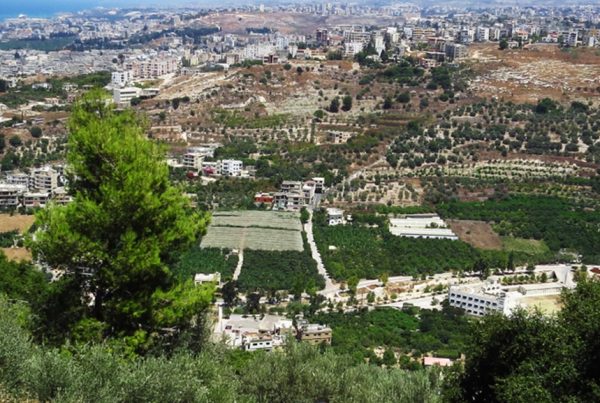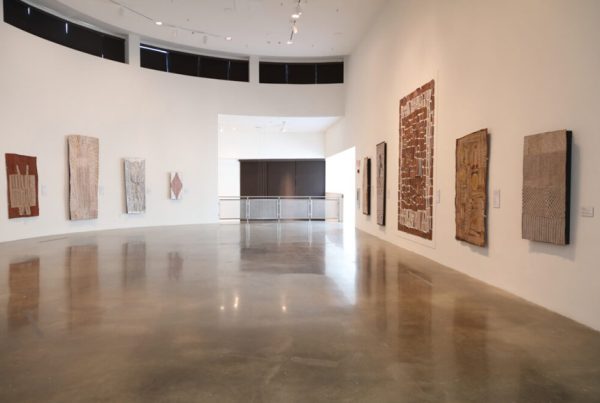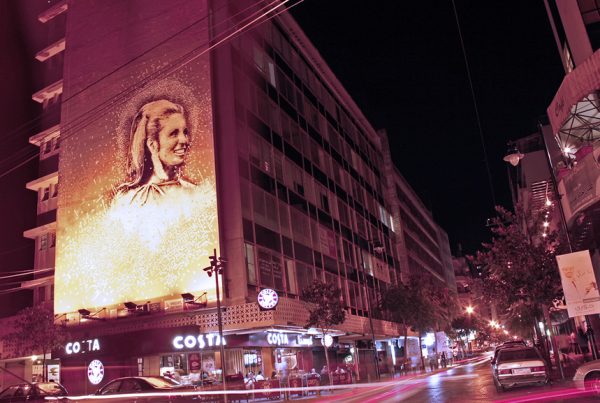Beirut National Museum… An open book for the important stations of Lebanon’s history to tourists
The Beirut National Museum is one of the most famous tourist attractions in Beirut, and one of the most important museums in the Middle East, and it is distinguished by its huge collection, as it includes more than 100 thousand pieces dating back to different eras, including pre-Christian, middle and modern ones. Due to its great importance, the Beirut tour offered by Lebanon SightSeeing includes a visit to that museum as one of the most important stops of the tour. Here are now the most important features of this museum, to make sure of the magnificence of the tourist activities that you can practice inside it.
The mother idea of the Lebanese National Museum dates back to the beginning of the twentieth century, when it began with exhibits that were owned by one of the French officers assigned to Lebanon, and later the project for establishing the museum was approved by the Lebanese government and opened in 1942 after a seven-year construction process.
Because of the many wars that Lebanon went through, the museum was closed several times and was subjected to some devastation and destruction. In 1999, it underwent a major development and restoration process, to open its time for the last time.
The museum is divided into several sections, in which you will see one of the most beautiful collections of artifacts and antiquities in the world. In the prehistoric section, you will see exhibits dating back to the ancient and modern stone ages, some of which date back hundreds of thousands of years BC.
Then you will be in the Bronze Age section, in which you will see statues, scribes, cuneiform plates, and the first alphabet plate in the world. In the Iron Age section and the Hellenistic period section, you will find groups of Phoenician exhibits such as decorative ceramic panels, mosaic panels, ivory works, and exhibits that combine Greek and Semitic arts.
The National Museum in Beirut also includes a section that displays the era after the Islamic conquest until the era of the Mamluk state, in which some weapons, coins and gold artifacts are displayed. It also includes an audio-visual hall, in which documentaries are shown that introduce the museum, its history, and its contents.
Finally, the Beirut National Museum is located in the heart of the city, and therefore it is distinguished by its proximity to prominent historical and natural monuments, such as the Raouche Rock, Sursock Palace, and Hamra Street, which we previously talked about in a previous article as one of the most important stops of our tours in Beirut and many other distinguished tourist places in the city. There are many distinctive cafes and restaurants in which you can also spend a wonderful time.
Come on, seize the opportunity and don’t waste time. The museum opens its doors to you from nine in the morning until five in the evening, seven days a week, except for Mondays, when you can enter there for 5,000 Lebanese pounds. It is a small amount, of course, in exchange for the amount of fun, adventure and wonders that you will see in this museum.






